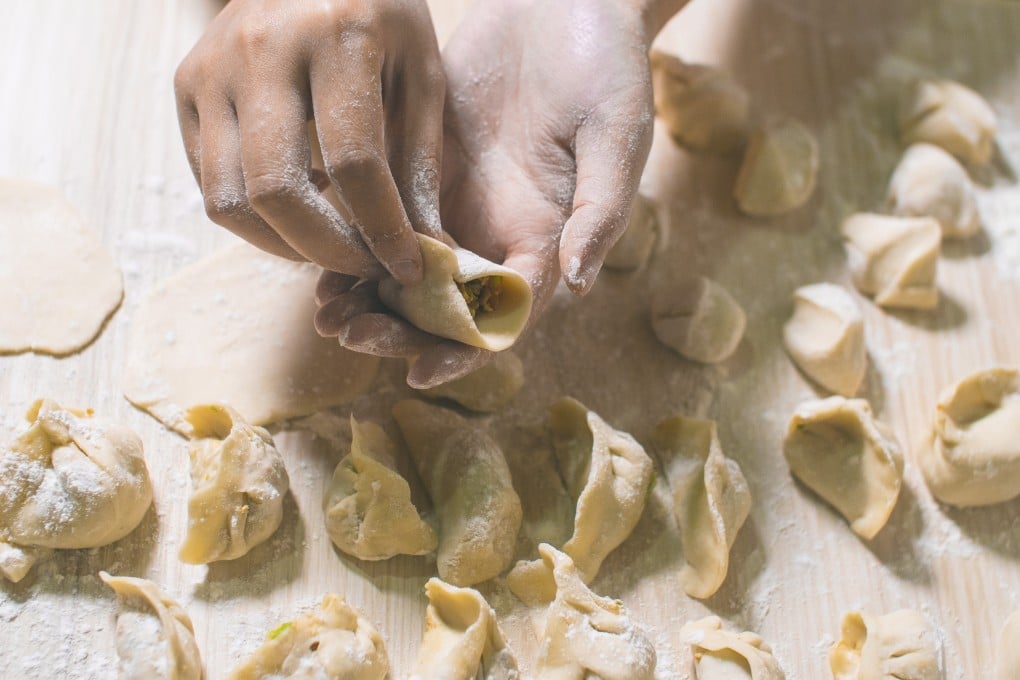Explainer | The history of the dumpling: from ravioli to wonton to gyoza, why they all belong to the same food family
- Dumplings are eaten across Eurasia, but where were they invented? One theory has it that they came from the Middle East and spread out from there
- Support for this theory can be found in the similarity of the Turkic word for dumpling, mantu, and the Korean mandu, Greek manti and Chinese mantou

In Italy, people with a craving for wonton refer to them as ravioli cinesi, or “Chinese ravioli”, which is also how they are listed on the menus of Chinese restaurants in the country. And yet in Hong Kong, tortellini and ravioli are often described as Italian wonton.
Is this just because the stuffed dumplings look alike, or is there an ancient link and a common ground that straddles the line between history and myth?
There are infinite varieties of stuffed dough across the world, from Russian pelmeni to Nepalese and Tibetan momos, Japanese gyoza, Arabic samosa, Uzbek samsa and Korean mandu.
They vary in shape, size, and fillings – meat, seafood, vegetables, spices, mushrooms or fruit – and how they are prepared and eaten, whether in soup, fried, boiled, steamed or baked. They can be salty or sweet, served as a main course or dessert, eaten on their own or with a sauce.

